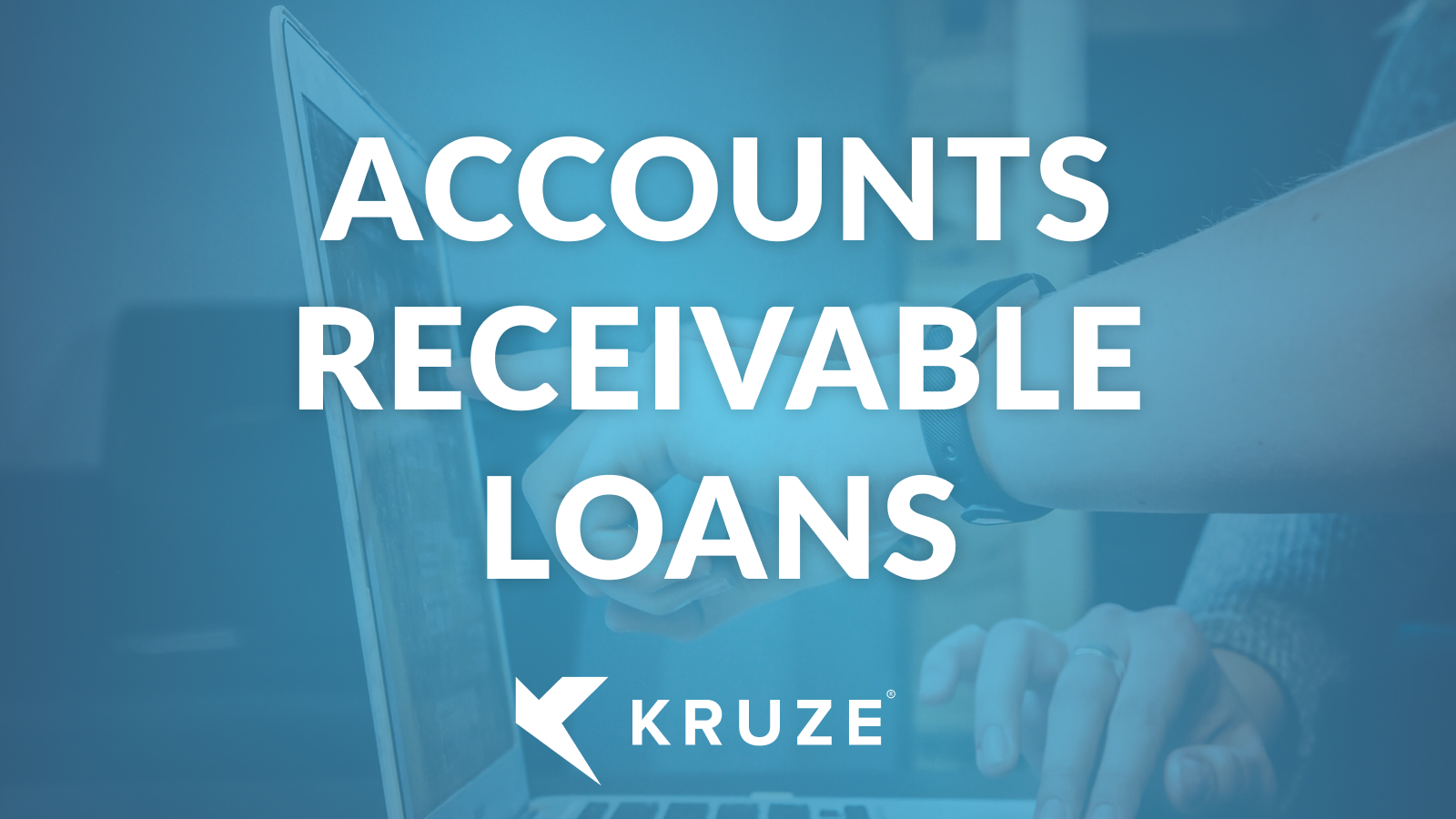
Accounts receivable based loans can be a very helpful financing tool for your startup, especially if you have revenue. Startups with revenue usually have receivables, or a SaaS-based business with contracts and know they are going to generate revenue in the future, making them the perfect candidate for an accounts receivable based loan.
Accounts Receivable Based Loans
What is an accounts receivable loan?
Accounts receivable based loans is a type of debt financing whereby a lender provides financing based on a company’s receivables. These types of loans have been the premier asset for lending against businesses since the inception of the bank system. When banks have a relationship with the customer, they can judge their credit quality and recognize when a customer is going to collect the money, thus allowing banks to help businesses pull forward thirty to sixty days of cash flow. If a startup is not going to get paid for thirty days, that startup has accounts receivable, and therefore the company may be able to finance their business and get money in real-time - even if they have to take a small haircut and let the bank make the spread.
What incentives do banks have in financing accounts receivable based loans?
Banks are federally regulated and have a remarkably low cost of capital, giving them the ability to do loans at a low rate and provide cheap financing options for startups. Since the bank has a low cost of capital, they can still make money on the low interest rate that they would charge for an AR based loan. It’s a win-win for all.
What types of receivables can be financed?
Typically, banks only want to finance thirty to sixty-day receivables. If a customer hasn’t paid in a long time, i.e. ninety days or more, banks are more likely to throw that receivable out without financing the loan. However, if a customer falls within the thirty to sixty-day threshold, banks will do a seventy-five to eighty-five percent advance rate on all receivables. If a customer has one million dollars of receivables that are in good standing, they will advance about $750,000 to $850,000 against it, leaving a slight advance cushion in the case that receivable sours.
Banks also have to consider the concentration risk. For example, if Microsoft made up ten to fifteen percent of your revenue base, Microsoft’s good credit may be able to get the bank to wave any concentration limit that may exist. However, if an unknown small business accounts for ten to fifteen percent of your revenue, the bank may throw a portion of that out to cushion the concentration limit. As a startup, concentration limits should be prioritized in your finance structure.
How do accounts receivable loans work?
With an accounts receivable based loan, the bank will be lending against the company’s unpaid invoices. When banks do an accounts receivable based loan with a customer they will set up what’s called a lockbox. Simply put, businesses give their lockbox account number (set up through their bank account) to all their clients and/or customers so they can pay the lockbox account. The bank will then pay itself back on a nightly basis and push the rest of the unnecessary proceeds to pay or contribute towards an invoice, resulting in a loan that backs an invoice to the main checking account. Ultimately, the lockbox is a type of fail-safe or chokepoint for the bank to ensure they are getting paid and that customers are not paying the incorrect bank account.
What leaders offer startups accounts receivable based loans?
Accounts receivable lending is popular in the startup ecosystem. Kruze Consulting sees banks such as Bridge Bank, Comerica, Pacific Western, et. al. employing this tactic. It’s a strong revenue and profit driver for them. However, it is worth spending a moment on the new breed of accounts receivable. There are a few unconventional means of accounts receivable based loans that marketplaces such as Arc and Pipe are offering startups to allow them to factor their contracts. Similar to how startups are factoring in their receivables, marketplaces like Arc and Pipe allow startups to sell or trade forward-looking, twelve-month contracts on a SaaS business to an investor. The investor will then buy the contract and the collection rights that go with the contract for a discount. If you log into Pipe or Arc, you might see an investor bidding ninety-five percent of the value of your twelve-month contract. If so, you can pull ninety-five percent of that value forward to use now instead of having to wait to collect it on a monthly basis over the next twelve months.
What is your effective interest rate?
Keep an eye on your mathematics. It can be difficult to do the math, but your effective interest rate is higher than you think. People will think they are selling at a five percent discount making their effective interest rate to be five percent. However, this is incorrect math. The interest is going to be much higher, closer to ten percent, depending on when the cash flow hits your account.
If you sold that twelve-month cash stream on the first day that you booked it, you are going to get that cash on the first of every month going forward. By paying that discount on the first month when you receive it and paying a five percent discount when you would have got that money in thirty days, you are going to pay a higher effective interest rate. Not only will that first effective interest rate payment be higher, but it also will be for the payments that soon follow. As you progress deeper into the contract, say around the eleventh or twelfth payment, the effective interest rate will tilt closer to the five percent discount for which it was sold. Nevertheless, those early payments that are factored into this mechanism are going to be expensive money to pull forward.
Which method should you go with?
Accounts receivable based loans are valuable. They give startups flexibility. If you have an old-fashioned accounts receivable based loan where you have an invoice you can factor with a bank, it is going to be much cheaper than some of the alternative marketplaces currently popping up. That said, Kruze Consulting supports all types of financial innovations that help startups pull cash forward and reinvest in their customer acquisition or development as a means to enhance their product. Either way, make sure you have a good CPA firm, like Kruze Consulting, who will calculate the accurate effective interest rate for your startup otherwise you may be surprised at how high your rate ends up.
Is Accounts Receivable financing debt?
Yes. As CPAs who service hundreds of startups, we have a strong opinion on what GAAP (accounting principles) need to be applied to accounts receivable financing and loans. Accounts receivable lenders will have a security agreement, and secure their financing based on the company’s assets (i.e. the receivables), and therefore this type of a loan should be classified as debt on the company’s balance sheet.

Again, accounts receivable based loans are the bread and butter of every commercial bank. It is an inexpensive form of financing that helps startups to pull cash flow thirty to sixty days forward. We hope this helps you when deciding whether or not to finance your startup through an accounts receivable based loan.
If you have other questions, talk with us. We have a plethora of information on venture debt, growth capital financing, accounts receivable financing, etc. that will help your startup get financed. Wherever you are in the process, we are here to talk about it and happy to answer questions for you when they come up.










